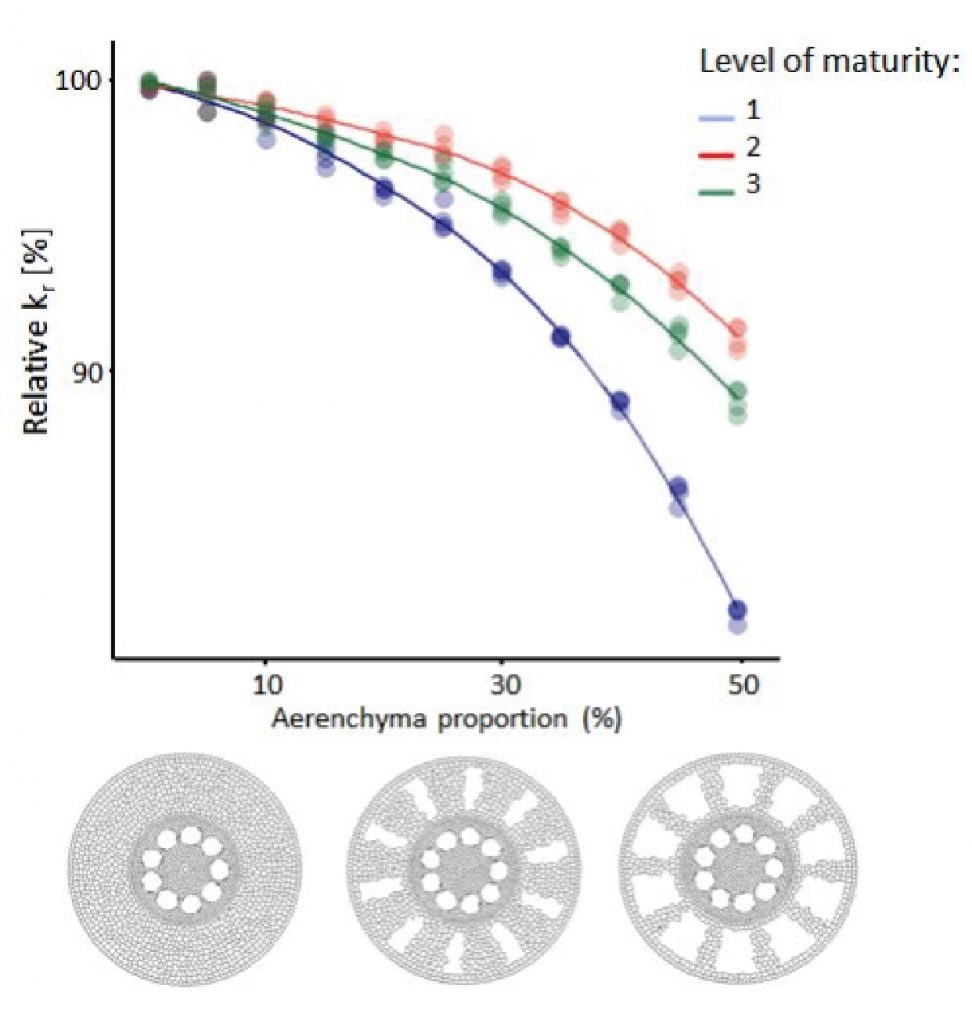
GRANAR, a new computational tool to better understand the functional importance of root anatomy (bioRxiv)
Plant Science Research WeeklyUptake of water by plants depends on root conductivity, which in turn is determined by hydraulic properties of individual cells and cell anatomy. Quantification of radial root anatomy is a time-consuming process, limiting our understanding of root anatomical features contributing to water uptake. Heymans…

A diversity of traits contributes to salinity tolerance of wild Galapagos tomatoes seedlings (bioRxiv)
Plant Science Research WeeklyDomestication has been accompanied by a decrease in genetic diversity, so efforts to improve stress tolerance can be aided by exploring the crop’s wild relatives. Here, Pailles et al. examined salt tolerance in Galapagos tomatoes (Solanum cheesmaniae and Solanum galapagense), which grow “constantly…
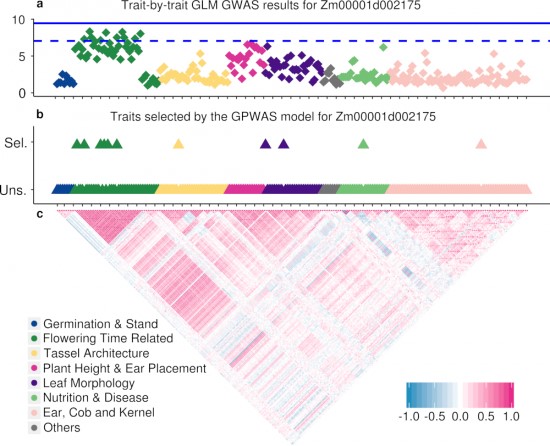
Distinct characteristics of genes associated with phenome-wide variation in maize (Zea mays) (bioRxiv)
Plant Science Research WeeklyHigh-throughput plant phenotyping is growing rapidly and enables the collection of dozens or hundreds of traits of the same plant genotype efficiently. The development of this technology expands the diversity of plant phenotypes and brings an opportunity for reexamining the connections between genotype…
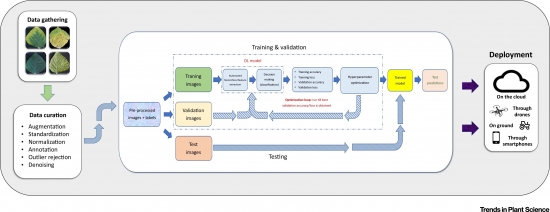
Review: Deep learning on image-based plant phenotyping (Trends Plant Sci)
Plant Science Research WeeklyThe development of deep learning brings opportunities to train computers to solve complex questions. Self-driving vehicles are classic examples of an application of deep learning in the real world. However, the large amounts of data that are required for building accurate models and avoiding overfitting…
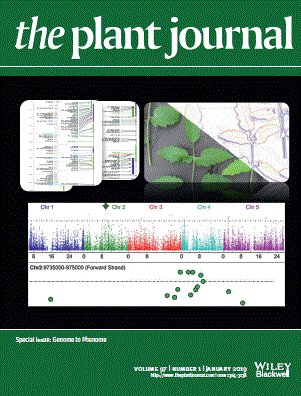
Special Issue: Genome to Phenome (Plant Journal)
Plant Science Research WeeklyIt’s January, which seems to be a month of weather extremes for many “temperate” parts of the globe. Here’s an excellent collection to curl up with as you try to stay warm or cool and out of the elements. The issue includes free-to-access reviews focused on using genomic data (e.g., genome-wide…
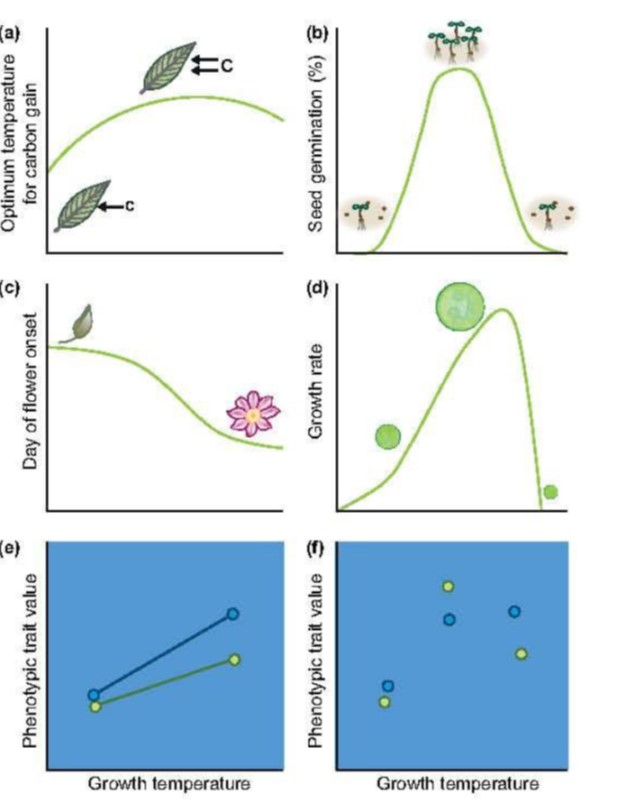
Review: How to analyse plant phenotypic plasticity in response to a changing climate
Plant Science Research WeeklyPhenotypic plasticity, or the ability to change in response to the environment, is one of the most characteristic (and to me, endearing) qualities of plants. As Arnold et al. observe, it is also one of the most important in terms of future climate change; phenotypic plasticity will mean the difference…

Transforming Pixels to Millimeters: Geometric Camera Calibration
Plantae Webinars, Research, Research Skills, Webinars0 Comments
/
Transforming Pixels to Millimeters: Geometric Camera Calibration
Recorded November 29, 2018
About This Webinar
The affordability and ubiquity of cameras have led to their increasing use in many disciplines. In plant phenomics, it is common to see experimental data based on image-derived…
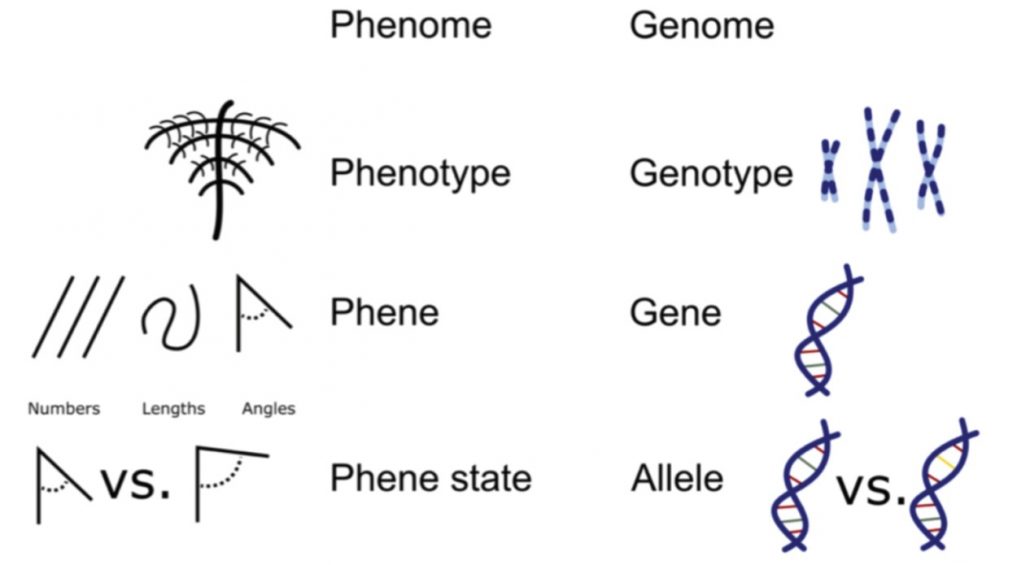
Review. Review. Functional phenomics: An emerging field integrating high-throughput phenotyping, physiology, and bioinformatics (J. Exp. Bot)
Plant Science Research WeeklyUnderstanding the processes contributing to plant productivity will help to secure food production in the future. Larry York proposes how this can be achieved using functional phenomics. First the ideotype needs to be constructed; the ideotype is a set of phene states that are hypothesized to enhance…
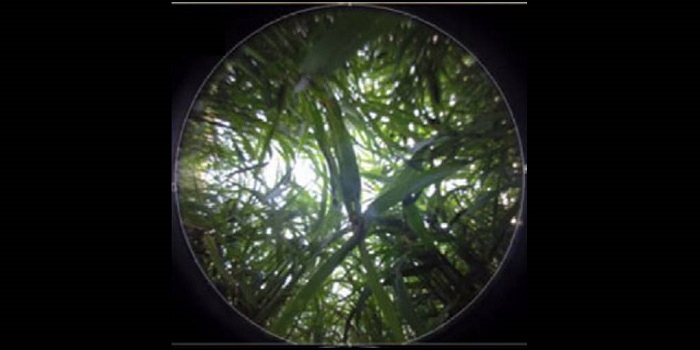
Lights, Camera, Action! Detecting crop biomass traits with low-cost photography (Plant Direct)
Plant Science Research WeeklyMaximizing and improving biomass productivity is essential for grower profitability, to protect natural resources, and to meet global population needs. Unfortunately, assessing biomass usually requires destructive sampling which delays the process for breeding high biomass germplasm. Remote sensing is…

